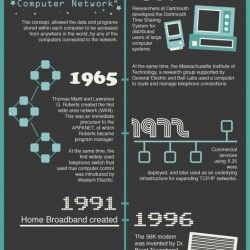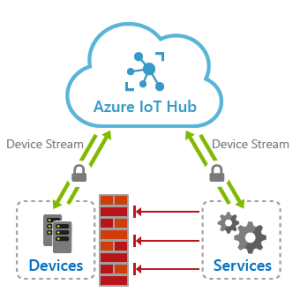
The Evolution of Computer Networking
Introduction
Computer networking has revolutionized the way we connect and communicate in the modern world. From the early days of simple local area networks (LANs) to today’s global internet connectivity, the evolution of computer networking has been remarkable. In this article, we will explore the key milestones and advancements in computer networking that have shaped the technology landscape as we know it today.
1. The Birth of ARPANET
Back in the 1960s, the United States Department of Defense initiated a project called ARPANET (Advanced Research Projects Agency Network). It marked the birth of packet switching technology, where information was broken down into small packets and sent across various nodes to reach its destination. ARPANET laid the foundation for the modern internet, connecting research institutions and universities.
2. The Rise of Ethernet
In the 1970s, Ethernet emerged as a breakthrough technology in computer networking. Developed by Robert Metcalfe at Xerox PARC, Ethernet allowed computers to communicate using coaxial cables, and later twisted-pair wiring. This innovation made it possible to create local area networks (LANs), connecting multiple devices within the same premises, such as offices and universities.
3. The Internet Age
In the 1990s, the internet began its rapid expansion, fundamentally transforming how we access information and interact with each other. The development of the World Wide Web by Tim Berners-Lee and the introduction of HTTP (Hypertext Transfer Protocol) enabled users to access websites with ease. This era also witnessed the popularization of email, instant messaging, and early forms of online collaboration.
4. Wireless Connectivity
With the increasing popularity of mobile devices, wireless connectivity became crucial. The advent of Wi-Fi technology in the late 1990s allowed users to connect to the internet without physical cables. As wireless technology advanced, it became easier for people to access the internet from anywhere, leading to the rise of smartphones and the mobile revolution.
5. Cloud Computing and Virtualization
The introduction of cloud computing and virtualization has been another major milestone in computer networking. Cloud computing enables the storage and processing of data on remote servers, making it accessible from anywhere. Virtualization technology allows the creation of virtual networks that operate independently within a single physical network infrastructure. This has revolutionized scalability, flexibility, and efficiency in modern networks.
6. Internet of Things (IoT)
In recent years, the Internet of Things (IoT) has emerged as a significant trend in computer networking. IoT refers to the interconnection of various devices, sensors, and everyday objects, enabling them to exchange data and communicate with one another. This technology has vast applications in smart homes, industrial automation, healthcare, and many other industries, shaping the future of networking.
Conclusion
The evolution of computer networking has paved the way for immense technological advancements and transformed the way we live and work. From the humble beginnings of ARPANET to today’s interconnected world of cloud computing and IoT, each milestone has contributed to a more seamless and efficient network infrastructure. As technology continues to evolve, the future of computer networking holds exciting possibilities that will shape our world even further.

